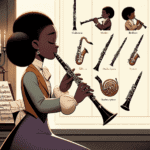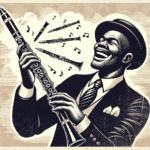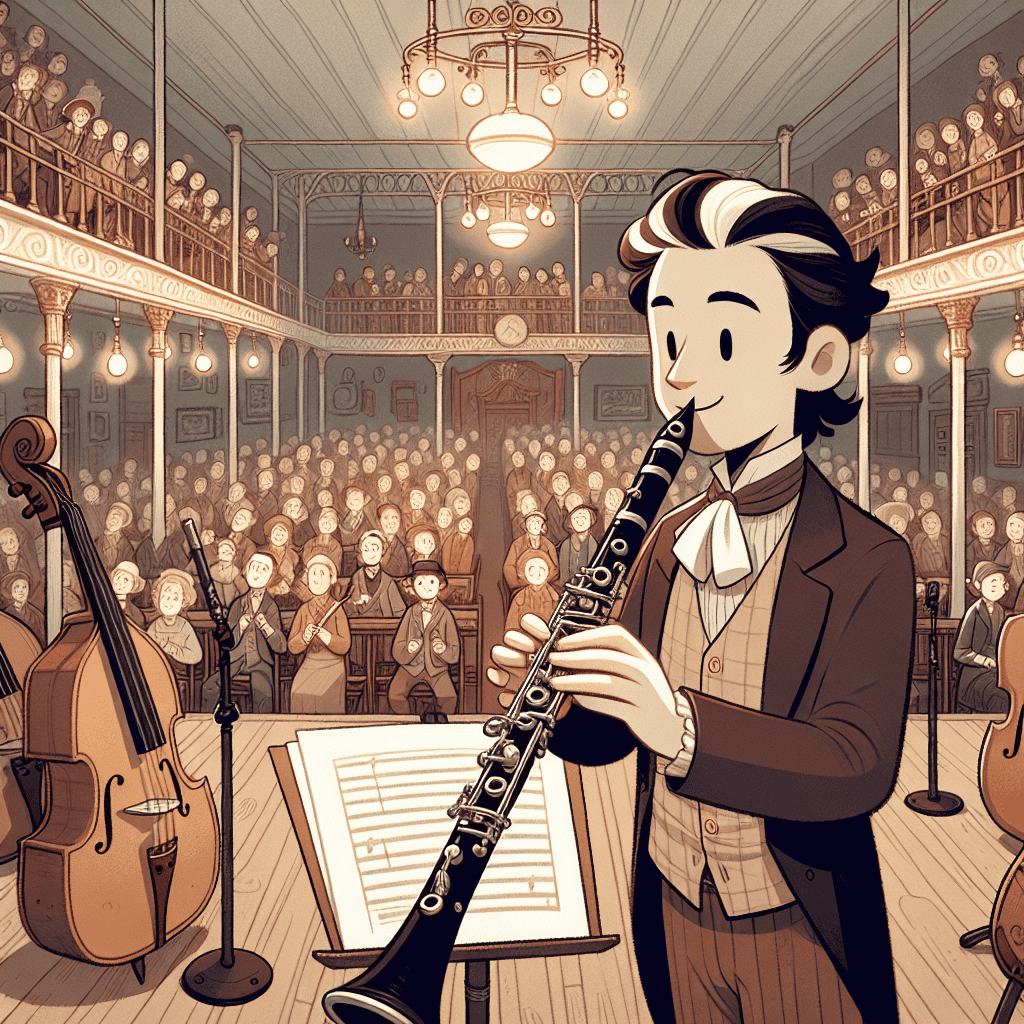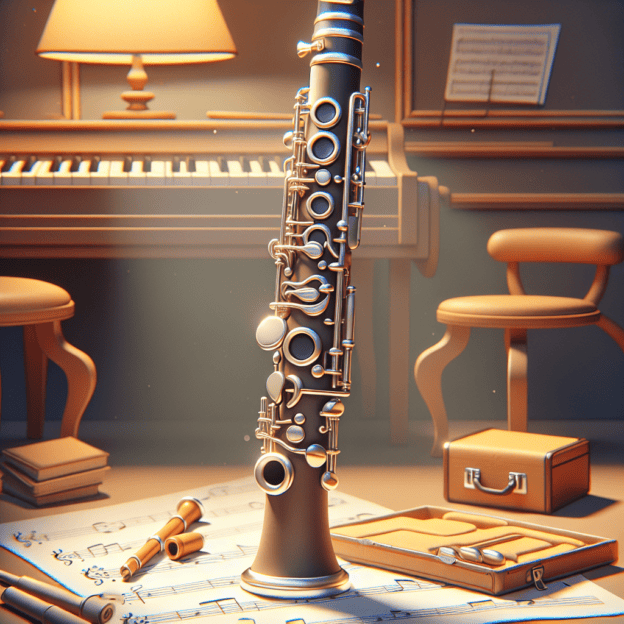Introduction to the Bb Clarinet
The Bb clarinet is arguably the most famous member of the clarinet family. From school bands to professional symphonies, the Bb clarinet's versatility makes it a favorite among clarinetists of all levels. Whether you're just starting out or you're an experienced player looking to refine your skills, understanding the ins and outs of the Bb clarinet is crucial.
A Brief History of the Clarinet
Let's start with a bit of history. The clarinet, as we know it, was developed in the early 18th century by Johann Christoph Denner in Germany. Over the centuries, it evolved, giving birth to various types, with the Bb clarinet emerging as the standard choice in many musical settings. Companies like Martin Freres have played an essential role in this evolution, producing high-quality instruments that cater to both novices and professionals.
Choosing the Right Bb Clarinet
Choosing the right Bb clarinet can be daunting, especially with so many options available. When picking an instrument, it's essential to consider factors like the material (wood or plastic), the keywork, and the overall build quality. Wooden clarinets, such as those from Martin Freres, are known for their rich, warm tone. They are often preferred by advanced players and professionals. However, plastic clarinets are more durable and affordable, making them a good choice for beginners or for outdoor performances where weather conditions might damage a wooden instrument.
| Clarinet Type | Pros | Cons |
|---|---|---|
| Wooden Clarinet | Rich, warm tone; Preferred by professionals | More expensive; Sensitive to weather changes |
| Plastic Clarinet | Durable; Affordable; Suitable for beginners | Less rich tone; May not meet advanced players' needs |
Assembly and Maintenance
Assembly and proper maintenance of your Bb clarinet are also vital. Start by carefully putting together the instrument: connect the upper and lower joints, attach the bell to the lower joint, and finally, the barrel to the mouthpiece. Make sure the bridge key of the upper and lower joint aligns perfectly to ensure a smooth and functional key mechanism.
Maintaining your clarinet extends its lifespan and ensures a consistent playing experience. After every practice session, use a swab to remove moisture from inside the clarinet. Regularly check the pads and corks for wear and tear, and always store your clarinet in a case to protect it from environmental factors. Martin Freres instruments often come with care kits and detailed instructions on how to maintain your instrument properly.
Mastering Bb Clarinet Technique
Now, let's focus on technique. Proper hand positioning is fundamental for playing the Bb clarinet. Ensure that your hands are relaxed and your fingers are gently curved to cover the tone holes completely without unnecessary pressure. This will help you produce clear and precise notes.
Embouchure
The embouchure, or how you position your mouth, also significantly affects your sound. Place the reed on your lower lip and rest your upper teeth on the mouthpiece. Seal your lips around the mouthpiece and use your diaphragm to push air through the instrument. Practicing long tones can help you develop a strong and consistent embouchure.
Breath Control
Breath control is another critical aspect. Use your diaphragm to control the airflow, ensuring steady and supported breaths. Engaging in exercises like breathing in for four counts and exhaling for eight can help you build better breath control. Playing along with long notes and scales helps improve both your breath control and finger dexterity.
Articulation Techniques
Learning to play the Bb clarinet involves mastering various articulation techniques. Techniques such as single tonguing and legato playing are fundamental skills that every clarinetist should develop. Single tonguing involves touching your tongue to the reed to start each note, which creates a clean and clear articulation. Practicing articulation with scales or simple melodies lays a solid foundation for more complex rhythmic patterns.
As you progress, you'll encounter more advanced techniques such as double tonguing, which is useful for fast passages. This technique involves alternating between touching the reed with the tip and back of your tongue, enabling quicker articulations.
Reed Management
One common issue clarinetists face is managing their reeds. Since the reed is responsible for producing vibration and sound, it must be in good shape. Rotate between several reeds to give each one time to rest and recover. You can also perform simple adjustments like sanding or trimming to customize the reed's response to your playing style. Over time, you'll learn to identify reeds that suit your embouchure and the sound you wish to produce.
Exploring Musical Genres
The Bb clarinet can be used in various musical genres, from classical and jazz to pop and klezmer music. Each genre has its nuances, so adapting your playing style to the music's demands is key. For instance, jazz clarinetists often use a looser embouchure and emphasize improvisation, while classical players focus on precision and following the musical score closely.
Playing in Ensembles
Playing in ensembles, such as orchestras or bands, offers valuable experience and challenges. It helps you develop skills like blending your sound with other instruments, following a conductor, and balancing your volume. Participating in such settings also opens opportunities to explore different roles within the music, such as leading with melodies or supporting with harmonies.
For those interested in the orchestral scene, the Bb clarinet often carries significant parts in the repertoire. Therefore, investing in a well-crafted instrument, like those by Martin Freres, can make a noticeable difference in performance quality and personal satisfaction.
Continuous Learning and Community
Lastly, don't hesitate to pursue lessons or join local clarinet clubs and workshops. These settings provide additional guidance, support, and the opportunity to learn from experienced players and instructors. Engaging with a community can also keep you motivated and inspired on your clarinet journey.
Conclusion
The Bb clarinet is a wonderful instrument with a rich history and a bright future. Whether you're playing classical concertos, jazz standards, or modern pieces, there's always something new to explore and learn. Remember to take care of your instrument, refine your technique, and enjoy the amazing music you can create with the Bb clarinet. And cheers for continuing the legacy of remarkable brands like Martin Freres, who have contributed so much to the world of clarinets.







